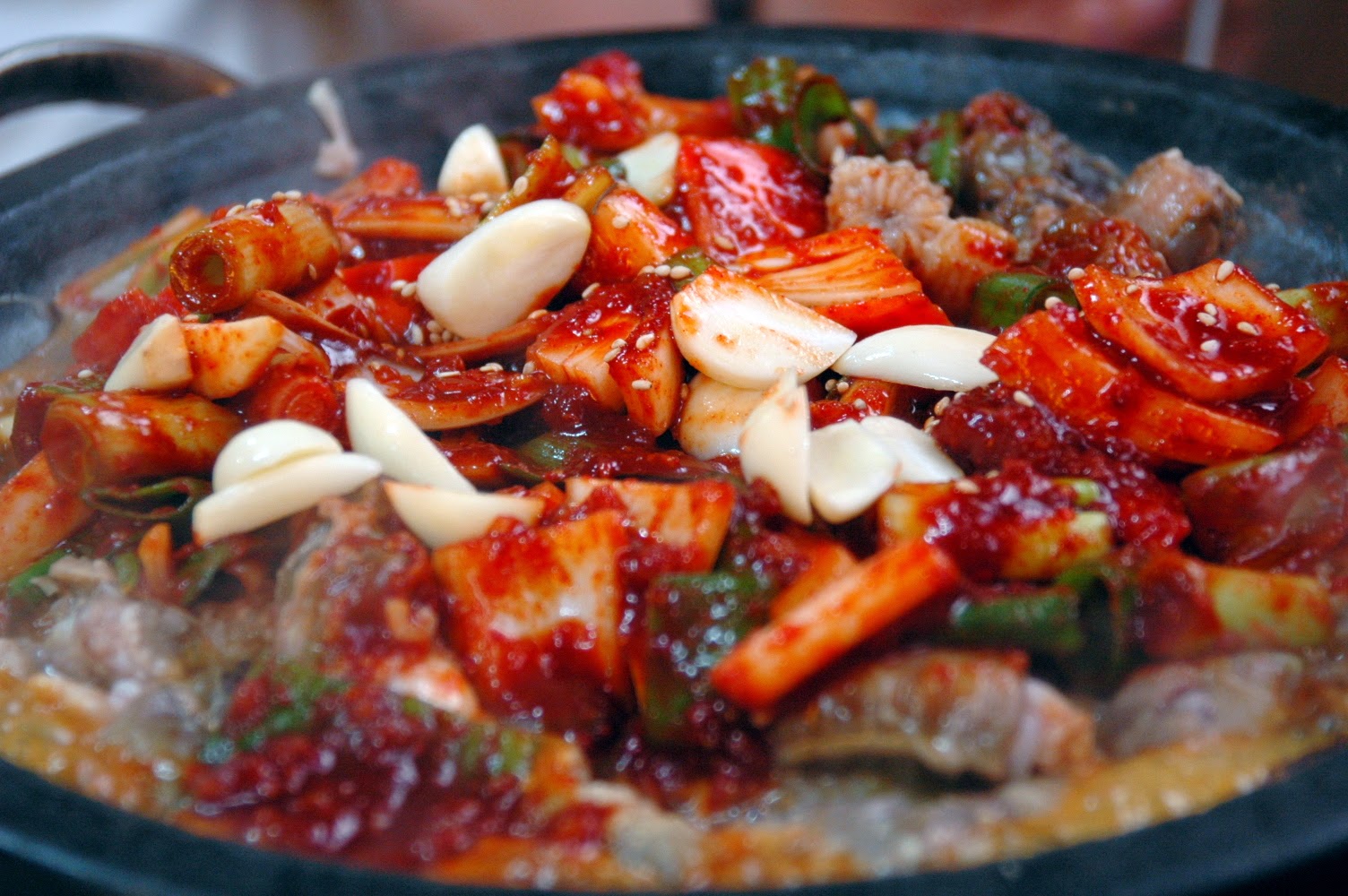HOW TO COOK FILIPINO STYLE PORK BARBECUE -Barbecue is not an original Filipino food but since the Philippines is partly influenced by Western culture, barbecue has become one of the dishes commonly prepared and served in the Philippines not only in the fancy restaurants but also in many small food shops and food carts. This delicious dish is always present in the table whenever there is an occasion like birthdays, baptismal, weddings and even family reunions. There are many versions of barbecue cooked in the Philippines like the bistek style barbecue, sisig style barbecue but the most common of them is the Filipino style. To me, this one is the best because it gives me sweet, sour and salty tastes with a little hotness just right making it good for the kids. In this recipe I am about to share with you requires calamansi but if you don't have calamansi you can replace it with lemon or orange. Also we are going to use soda pop like Sprite or 7up. You can use your favorite soda pop like for example you want to use Mountain dew. Here is the recipe:
HOW TO COOK FILIPINO STYLE PORK BARBECUE
INGREDIENTS
2 lbs pork loin
1/2 cup soy sauce
1/2 cup soda pop
1/3 cup water
2 tablespoon calamansi extract
6 cloves garlic (minced)
1 red onion (minced)
1 teaspoon freshly ground pepper
6 tablespoon banana ketchup
1/2 teaspoon salt
1 tablespoon sugar
Barbecue sticks
grill
STEP BY STEP PROCEDURE AND DIRECTIONS
1. In a bowl, combine together all marinade ingredients. Stir until the sugar and salt are dissolved.
2. Cut the pork into thin strips good enough to skewer.
3. Add the pork into the bowl and marinate for 4 hours.
4. Skewer the pork using bamboo stick skewer.
5. In a charcoal grill, grill the pork for 15 minutes. Spread pork with marinade using a clean barbecue brush from time to time.
6. Do the grilling process for the rest of the pork.
7. And serve with red wine.
HOW TO COOK FILIPINO STYLE PORK BARBECUE
HOW TO COOK FILIPINO STYLE PORK BARBECUE
INGREDIENTS
2 lbs pork loin
1/2 cup soy sauce
1/2 cup soda pop
1/3 cup water
2 tablespoon calamansi extract
6 cloves garlic (minced)
1 red onion (minced)
1 teaspoon freshly ground pepper
6 tablespoon banana ketchup
1/2 teaspoon salt
1 tablespoon sugar
Barbecue sticks
grill
STEP BY STEP PROCEDURE AND DIRECTIONS
1. In a bowl, combine together all marinade ingredients. Stir until the sugar and salt are dissolved.
2. Cut the pork into thin strips good enough to skewer.
3. Add the pork into the bowl and marinate for 4 hours.
4. Skewer the pork using bamboo stick skewer.
5. In a charcoal grill, grill the pork for 15 minutes. Spread pork with marinade using a clean barbecue brush from time to time.
6. Do the grilling process for the rest of the pork.
7. And serve with red wine.
HOW TO COOK FILIPINO STYLE PORK BARBECUE




























